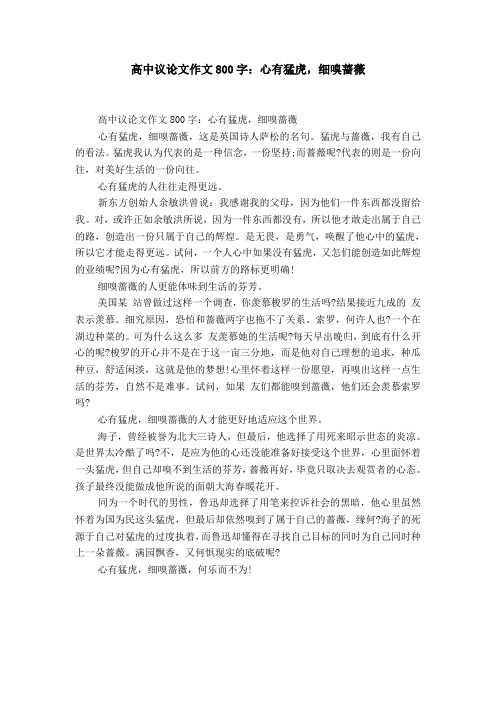Title: The Art of Caring for Our Planet: A Journey Towards Low-Carbon Living
In the modern era, where technological advancements are rapidly transforming our daily lives, one issue that has become increasingly prevalent is the impact of human activities on climate change. As responsible citizens, it is incumbent upon us to embrace a low-carbon lifestyle that not only reduces our carbon footprint but also contributes to a sustainable and healthy planet. This essay endeavors to shed light on the essence of low-carbon living, its benefits, and practical ways to incorporate it into our everyday routines. The concept of low-carbon living transcends mere environmentalism; it is deeply rooted in the pursuit of sustainability and ecological balance. At its core, low-carbon living involves reducing the amount of greenhouse gases we emit into the atmosphere. These gases, primarily carbon dioxide (CO2), are the primary contributors to global warming and climate change, resulting in rising temperatures, sea levels, and extreme weather events. By adopting low-carbon practices such as using public transportation or carpooling, switching to energy-efficient appliances, and reducing food waste, we collectively reduce our overall reliance on fossil fuels, thereby mitigating the effects of climate change. One of the most significant benefits of low-carbon living is the reduction in greenhouse gas emissions. According to a study by the United Nations, cutting down on carbon dioxide emissions by just 5% could prevent up to 8 million premature deaths worldwide due to heat waves and other climate-related issues. Furthermore, low-carbon living promotes economic growth and job creation by creating demand for new technology and innovative business models. It also enhances our quality of life by improving air and water quality, reducing stress levels, and providing a healthier environment for future generations. Incorporating low-carbon practices into our daily routine can be achieved through various strategies. One effective method is to reduce our reliance on single-use plastics by opting for reusable alternatives like stainless steel cutlery and shopping bags made from recycled materials. Another approach is to use energy-saving appliances and switch to LED lighting, which consume significantly less power but have longer lifespans. Additionally, we can reduce our carbon footprint by eating a plant-based diet, as meat production is a major contributor to greenhouse gas emissions. Another critical aspect of low-carbon living is the adoption of eco-friendly transportation methods. Public transportation systems, cycling, and walking are not only more sustainable but also cost-effective options compared to private cars. For instance, a recent study by the American Public Transportation Association revealed that cycling to work saved commuters an average of $100 per month in transportation costs alone. Similarly, walking to local stores reduces our carbon footprint by avoiding the emissions associated with transporting goods across town. In addition to individual actions, governments play a crucial role in promoting low-carbon living. Policymakers must prioritize renewable energy sources, implement carbon pricing mechanisms, and encourage the adoption of energy-efficient technologies and buildings. Moreover, education and awareness campaigns are essential in raising public consciousness about the need for sustainable living practices. By educating people about the impact of their daily choices on the environment, we can foster a culture of responsibility and inspire others to join us in this journey towards a greener tomorrow. Furthermore, businesses can leverage low-carbon practices to differentiate themselves from competitors. Companies that invest in renewable energy and sustainable supply chains can attract customers who value environmental responsibility. Additionally, companies can offer incentives for employee participation in sustainability initiatives, such as offering flexible working hours or recognizing employees who make eco-friendly choices at home. In conclusion, the path towards a low-carbon society is paved with a multitude of achievable goals. From individual lifestyle changes to government policy interventions and corporate initiatives, we can collectively work towards a world that is cleaner, greener, and more livable. By embracing low-carbon living practices, we demonstrate our commitment to preserving the natural resources necessary for future generations to thrive. Let us take this journey together, forging a legacy of sustainability that will endure beyond our lifetimes.未经允许不得转载:» 低碳生活英语作文120(Low-carbon living essay 120)

 佰一阅读网
佰一阅读网

















